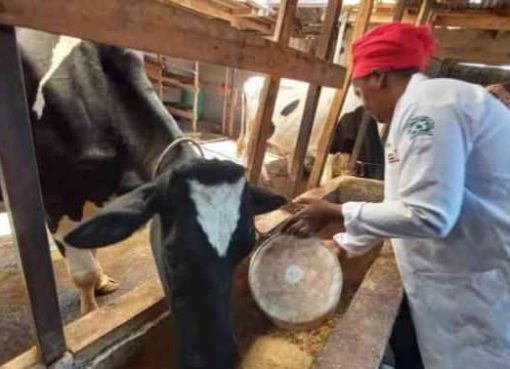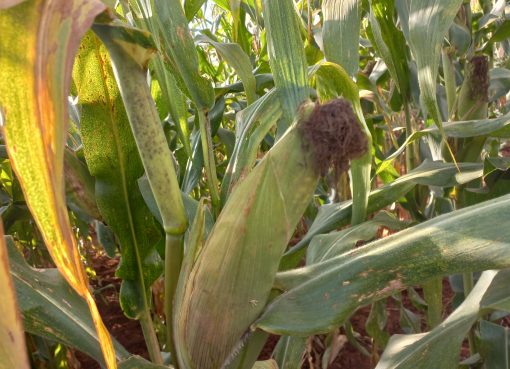Farmers have been urged to visit Kenya Agricultural and Livestock Research Organization (KALRO) centres across the country and acquire new varieties of fast maturing and drought resistant sorghum.
Scientists at the organisation say sorghum has a ready market for breweries who have been importing the product from neighbouring countries due to the shortage.
Despite its huge nutrition value and economic potential, sorghum is thinly traded due to low production coupled with poor marketing that has seen only 30 percent of the annual average production of 109,414 tonnes commercialised.
Rose Nelima from KALRO in Lanet said the ‘gadam variety, which has high local demand by the breweries is not only good and suitable for cultivation in drier lowlands but it recovers fast from drought.
“The Gadam variety is a sure way for farmers and guarantees them ready market from institutions such as breweries,” she said.
Nelima noted that despite the available market, most farmers lack awareness on new varieties in the market as they are used to the indigenous one that had a lot of cyanide on the leaves which can be toxic to humans and animal.
KALRO, she explained has developed five new improved varieties that can withstand harsh climatic conditions, are fast maturing that can be used for both human and animals and whose level of cyanide is low.
“These varieties are good. We also know that our animals are in the ASAL areas, thus most of these varieties have also been recommended for dry areas to help in terms of food security and at the same time our animals can get feed,” she added.
Nelima who was speaking at the ongoing Nairobi International Trade Fair urged farmers to visit KALRO sites especially in Bomet and learn more on the new varieties which have already been released for market, where they can purchase them.
Kenyan’s Sorghum, she explained is mostly used in silage but farmers should also know that there are other advantages of the plant, which according to her can be supplemented to maize or wheat through value addition and also food such as chapatti.
Depending on one’s yields, Nelima said that for one acre of land, a farmer will require to use between two and four kilograms of sorghum and the yield would be different for various varieties but would range between 5 to 7 tonnes.
“One Kilo of sorghum seeds goes for Sh350 and a farmer will require to use 3 to 4 kgs for an acre,” she said.
KALRO is also currently importing raw materials known as substrait, normally extracted from sorghum from Nigeria to produce Aflasafe that controls aflatoxin in maize and groundnuts.
According to Tegemeo institute, in 2018 there was increased research in the development of new varieties of sorghum but the adoption is low due to lack of awareness and access-related constraints.
Based on a nationally representative sample in 2014, Tegemeo Institute estimated that only 15 percent of farmers were using improved sorghum seeds.
The slow growth of improved varieties however improved in 2016 and 2017 with the private sector accounting for 10 percent
In Kenya, sorghum is grown in western, northern Rift Valley, eastern and some parts of Central. The research objectives in sorghum research are, increased yield, drought, disease and pest tolerance, earliness, seed colour and marketability.
The one week long international trade fair was officially opened by President Uhuru Kenyatta on Wednesday. He said that the 2019 to 2029 agricultural transformation and growth strategy being implemented by the government was aimed at increasing small holder farmer incomes through increased production and value addition.
The 2019’s theme was, “Promoting Innovation and Technology in Agriculture and Trade,” where over 400 exhibitors were showcasing new innovations.
By Wangari Ndirangu
Monday, December 23, 2024




